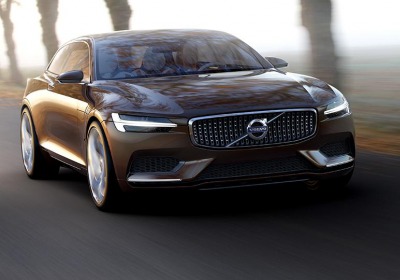Volvo cars will be able to tell if you're driving tired
Tue, 18 Mar 2014
Volvo is currently testing in-car sensors that can monitor driver alertness -- ones that can determine if the driver is becoming tired and inattentive. A number of simple systems that basically generate warnings after a certain period of nonstop driving are now available in cars. They take into account the average speed and time elapsed since the vehicle was started. Volvo's new technology will be far more advanced and intuitive.
The sensors that Volvo is testing will monitor aspects such as how open the driver's eyes are, whether he or she is looking forward while the vehicle is in motion, and the position and angle of the driver's head. Of course, tiredness is one thing, but distraction is quite another, as a driver doesn't have to be behind the wheel for a long time to become distracted. Things can shift in the back seat or drop out of reach; beverages may spill. Volvo's new sensor technology will be able to track all the different conditions that can distract a driver while behind the wheel, either as a result of fatigue or an unforeseen event inside or outside the car.
"Since the car is able to detect if a driver is not paying attention, safety systems can be adapted more effectively," said Per Landfors, Volvo Cars engineer and project leader for driver support functions. "For example, the car's support systems can be activated later on if the driver is focused and earlier if the driver's attention is directed elsewhere."
Volvo
The small sensor emits invisible infrared light to monitor the position of driver's eyes and head while the vehicle is in motion, noting when the driver is not looking ahead.
Volvo's new monitoring system is based on a small sensor that illuminates the driver's face with infrared light, just beneath the threshold of visibility. The sensor uses the resulting picture to determine whether the driver's eyes are closed or whether his or her head is turned away from watching the road ahead.
Volvo says the new technology could be used in other ways, such as by recognizing the driver and adjusting seats and mirrors according to their preferences automatically as soon as they get behind the wheel.
"This could be done by the sensor measuring different points on the face to identify the driver, for example," said Landfors. "At the same time, however, it is essential to remember than the car doesn't save any pictures nor does it have a driver-surveillance function."
Again, a number of systems are already on the market from automakers, Volvo included. The upcoming Volvo XC90 SUV will feature the latest tech such as collision warning with automatic brake application, lane-keeping aid and adaptive cruise control with queue assist.
By Jay Ramey



